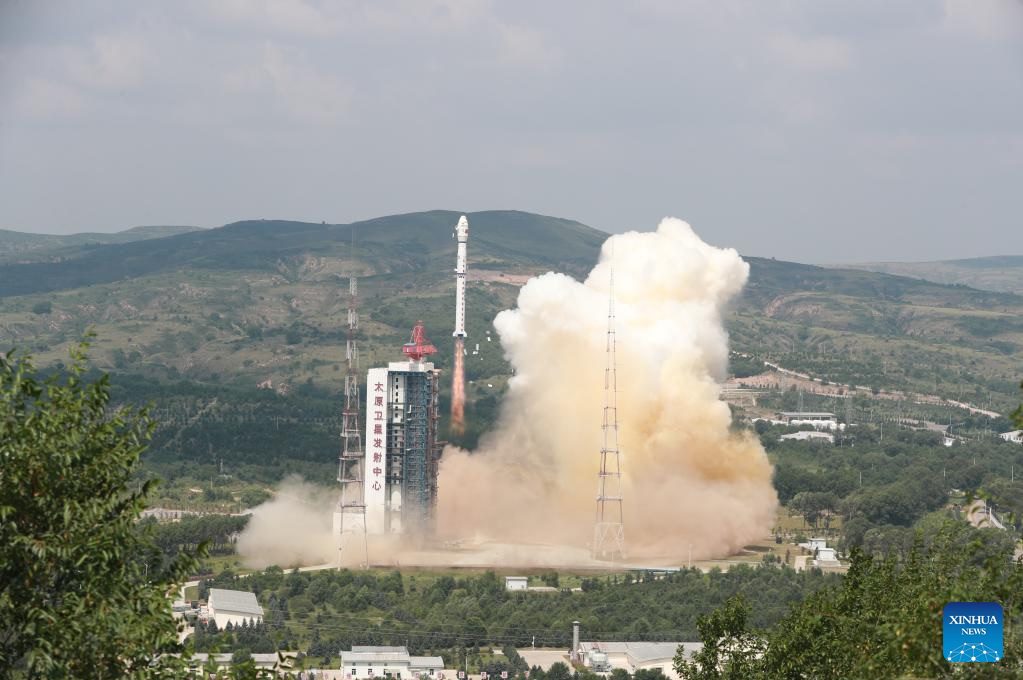China successfully launched a Long March 4B (CZ-4B) rocket from the Taiyuan Satellite Launch Center at 0308 GMT on 4 August. The mission carried three satellites, of which the primary one was the environmental monitoring unit, TECIS-1. TECIS-1 (Terrestrial Ecosystem Carbon Inventory Satellite) is equipped with four payloads to enable it to monitor the levels of carbon in Chinese forests.
Also on the launch were two small co-payloads: one from Chinese newspace communications company HEAD, identified as HEDE-2G, and the other built by SAST with involvement from primary and secondary school students called Minhang Shaonian.

The Long March 4B rocket lifts-off carrying its three payloads to LEO. Courtesy of Xinhua/Zheng Bin








